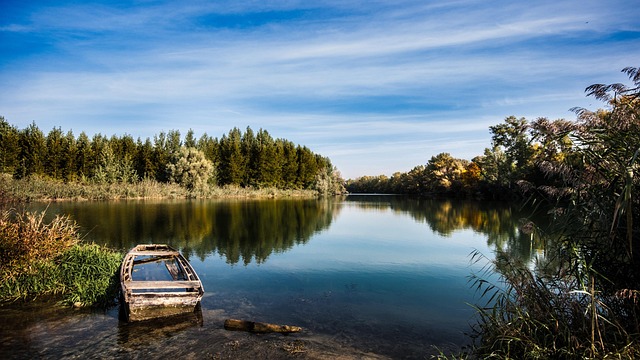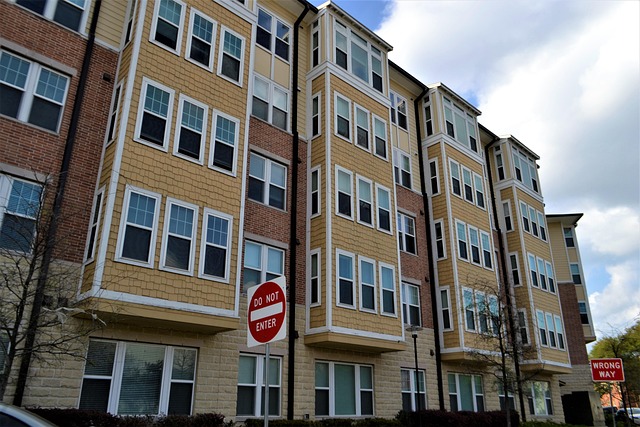As cyclists, we know the feeling: the wind in your hair, the rhythm of the pedals, the freedom of moving under your own power. It’s inherently sustainable, a simple act that reduces congestion and improves health. But what if we could make our cycling journeys even greener, integrating nature directly into the routes we ride?
Breathing Life into the Urban Cycle
Imagine cycling down a city path, not flanked by concrete and steel, but by vibrant walls of living plants. This is the power of green walls – vertical gardens that transform grey spaces into thriving ecosystems. More than just beautiful, these living tapestries are powerful tools in the quest for a truly sustainable future, especially when integrated into our cycling infrastructure.
Cycling, Green Walls, and Sustainable Development
Integrating green walls into cycling paths, bike stations, and even dedicated cycle bridges is a potent combination for sustainable development. It’s about creating urban environments that are not only functional for active transport but also contribute positively to the local ecology and the well-being of residents. These living structures filter air, reduce urban heat island effect, absorb rainwater, and provide habitats for pollinators.
Shrinking Our Ecological Footprint, One Pedal Stroke at a Time
Every time we choose our bike, we reduce our personal ecological footprint. By adding green walls to the infrastructure supporting cycling, we amplify this positive impact. The plants in green walls actively absorb pollutants from the air, including CO2, and release oxygen. They turn neglected urban vertical spaces into carbon sinks, working quietly in the background to clean the air we breathe as we cycle through it.
Green Technologies for Greener Commutes
Green walls represent a form of green technologies that can be seamlessly integrated into urban design. They are a living technology, utilizing natural processes to achieve environmental benefits. Applying them to cycling infrastructure is a smart way to layer sustainability benefits – promoting low-carbon transport while simultaneously improving air quality and urban biodiversity along those routes. It’s an innovative approach to making cities healthier and more livable.
Pedaling Towards Carbon Neutrality
The global push towards becoming carbon neutral requires action on multiple fronts. Shifting from cars to bikes is a massive step in reducing transport-related carbon emissions. By enhancing cycling routes with green walls, we add another layer to this effort. While the carbon sequestration of a single green wall might seem small, collectively, across a city’s cycling network, they contribute to offsetting carbon and demonstrate a visible commitment to creating carbon-positive urban spaces. They transform the act of cycling from just a commute into an immersive, green experience that visibly contributes to a healthier planet.




